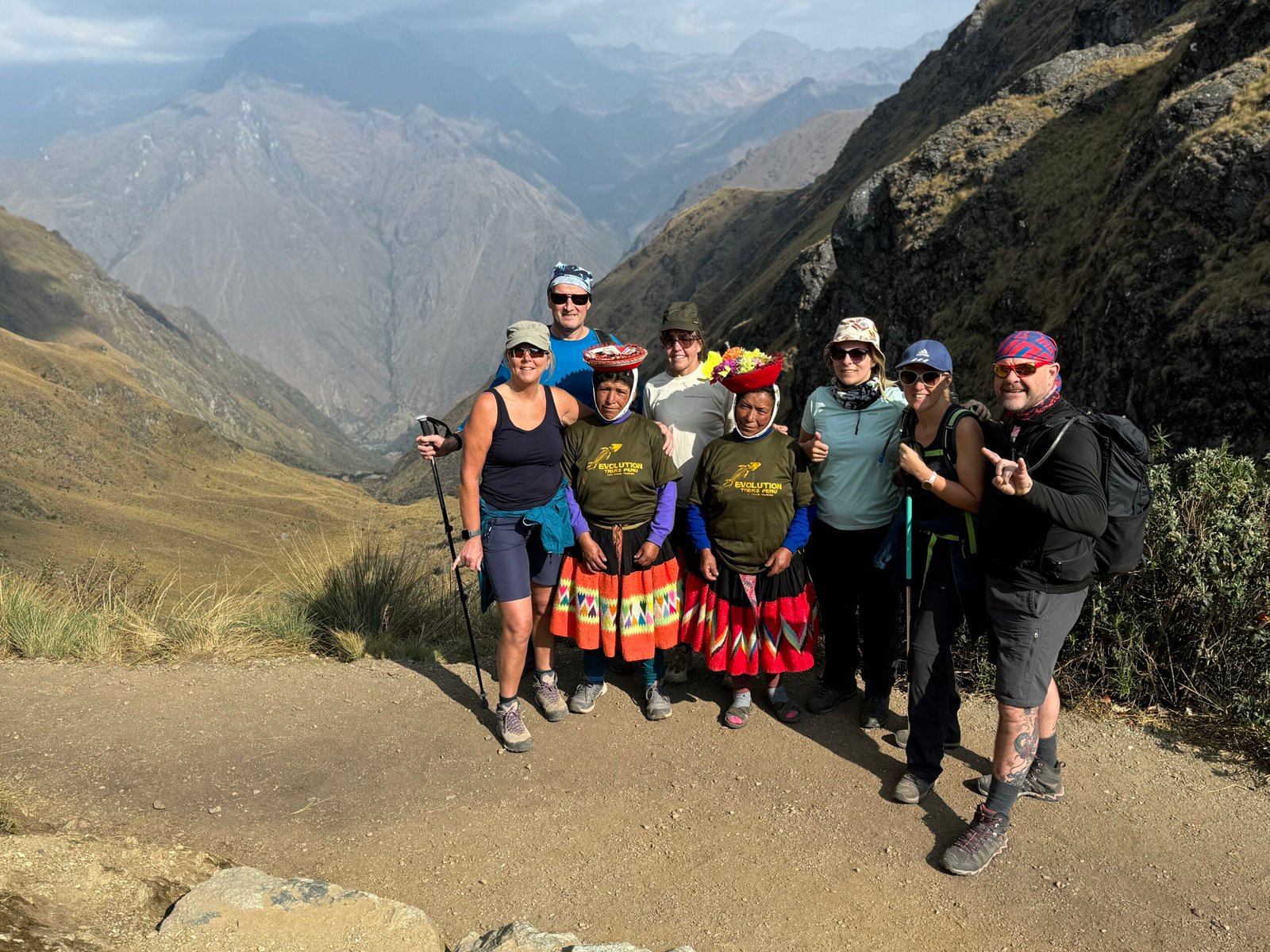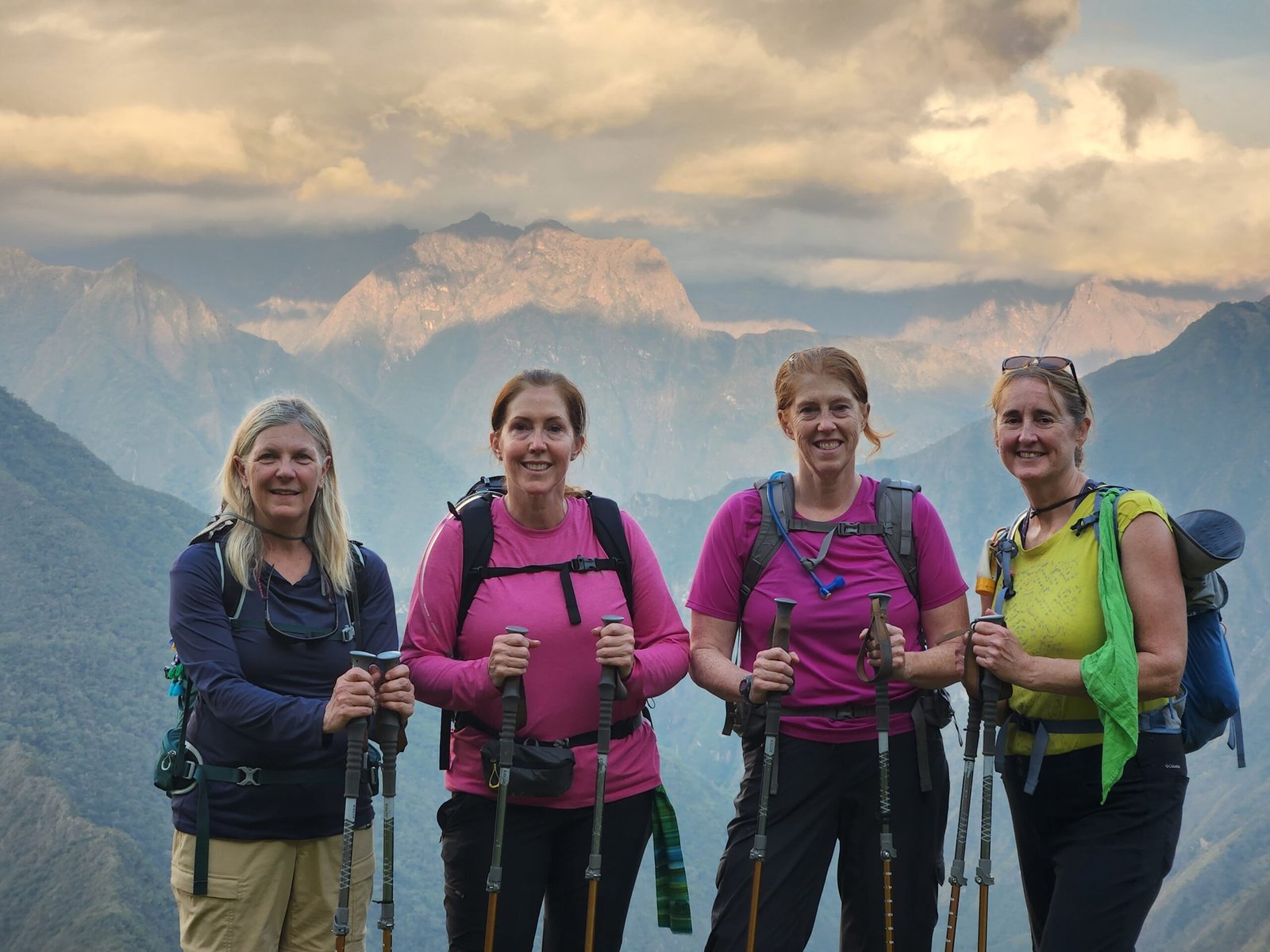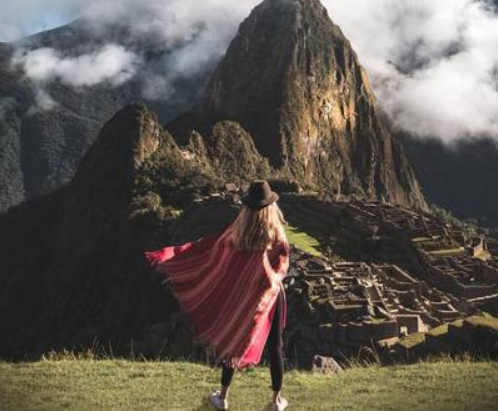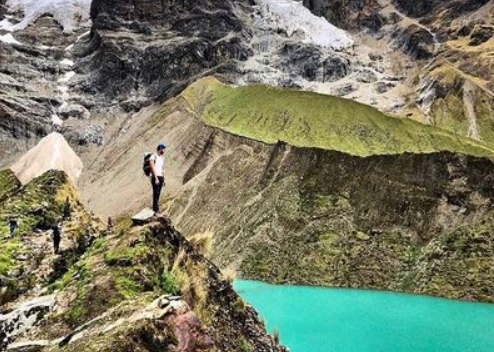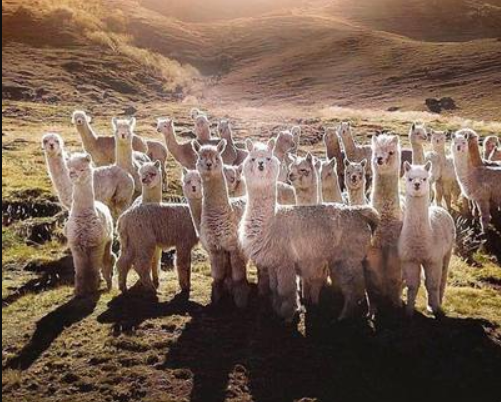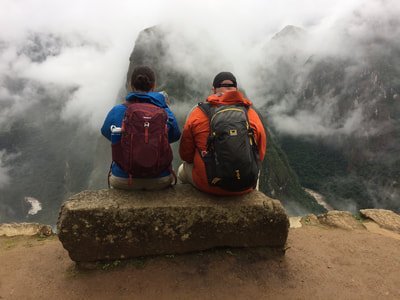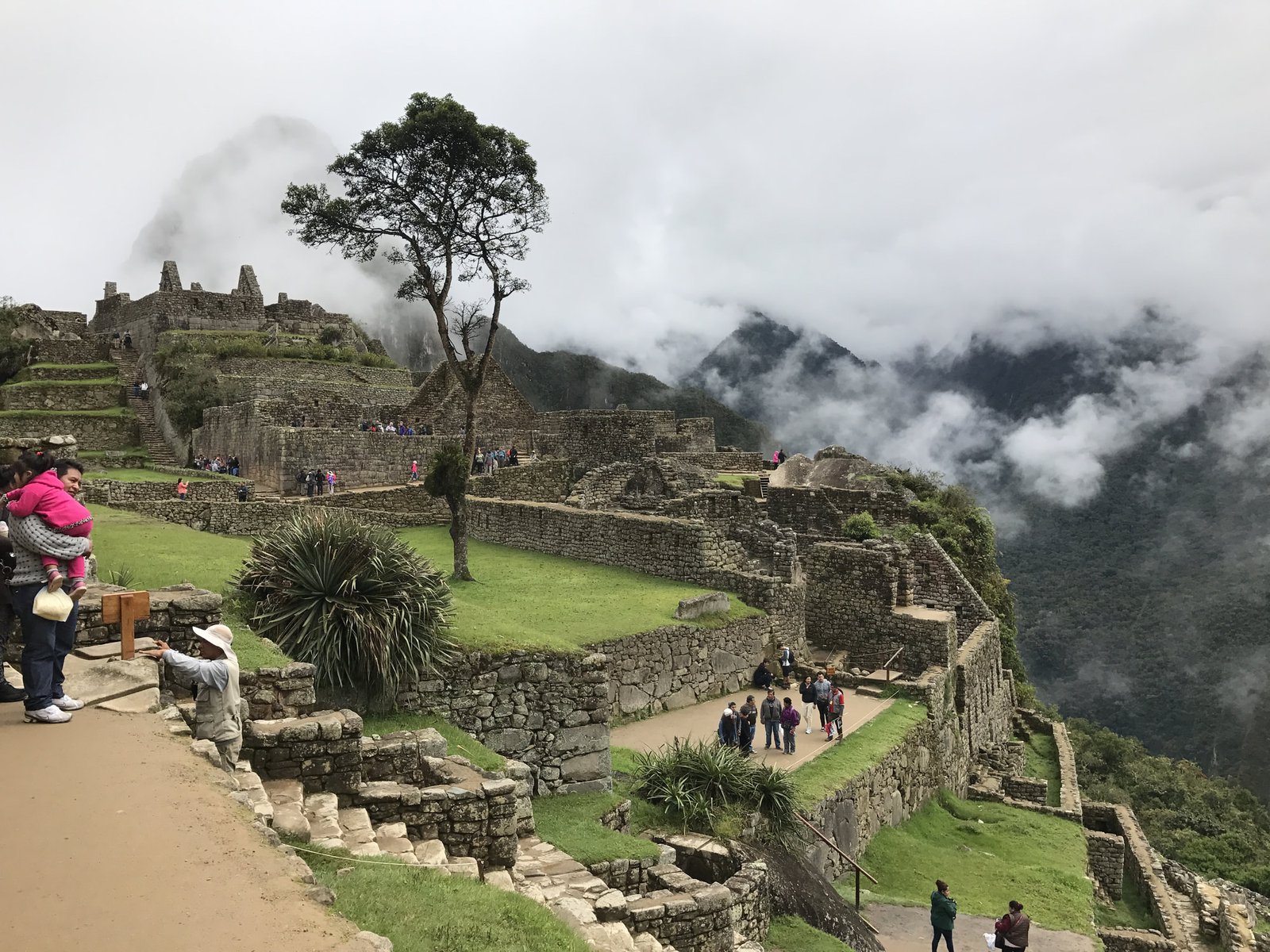As Featured On:







“ETHICAL – EMPOWERING WOMEN-REGENERATIVE”
Evolution Treks Peru is Peru’s Number One Ethical Tour Operator
Eight Years Providing Hiking Experiences That Transformed the Inca Trail For Good & Enriched People's Souls.
More Than Two Thousand Reviews On Diverse Platforms Confirm Our Dedication to Provide The Best Ethical Machu Picchu & Inca Trail Tours
Two Times Travel & Hospitality Award Winner As The Best Adventure Tour Operator Of Peru
Articles Featured In The Most Important Travel Media Outlets of The Word for Its Pathbreaking Initiatives
More than One Thousand Successful Sustainable Tours That Transformed The Lives Of Travelers & Porters
Most Popular Treks In Peru
Travel and Hospitality Award Winner Tour Operator
Our focus on sustainability, rejection of exploitative practices, and commitment to fair pay and working conditions have set new standards in the industry and have earned us another award as best ethical tour operator by the travel and hospitality awards in 2024.


TOP TREKS & TOURS TO MACHU PICCHU
What Our Clients Say
Choose your Vacation Type
ADVENTURE TREKKING TOURS
ADVENTURE TREKKING TOURS
Cultural Experience
Cultural Experience
Peru Fixed Packages
Peru Fixed Packages
Luxury Tour
Luxury Tour
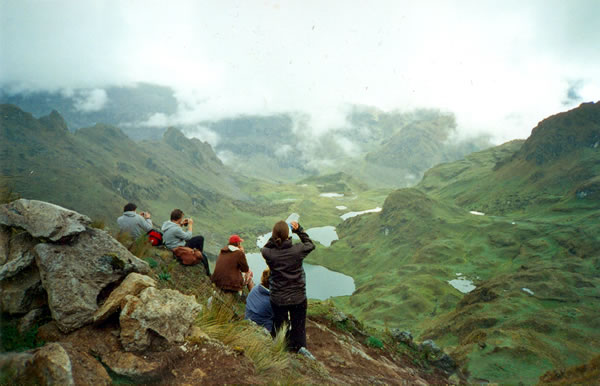
We are determined to give people their best adventure ever. Our only question is, will it be yours?
More than a travel company, Evolution Treks Peru’s staff are people who share your excitement for traveling.
Communication is key. We want to give you the best options so that you can choose the right tour.

